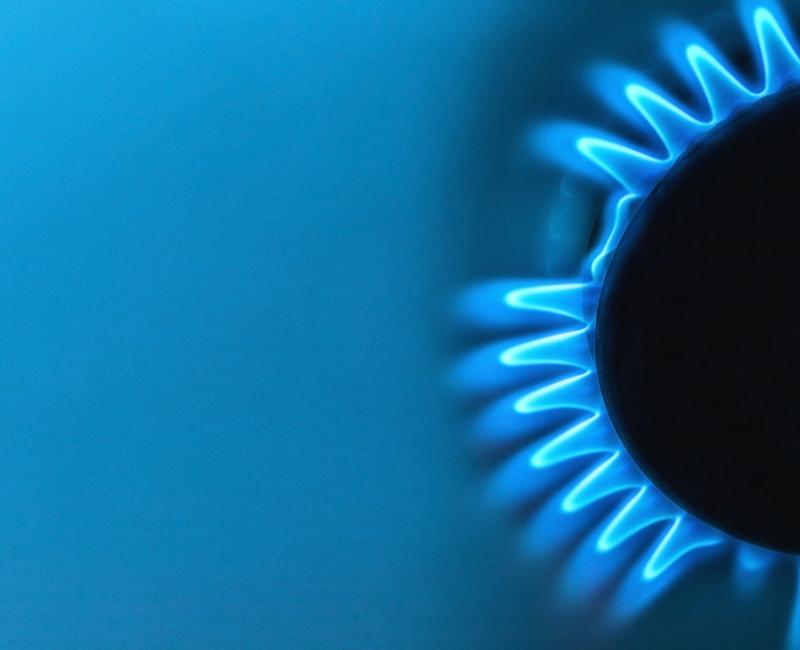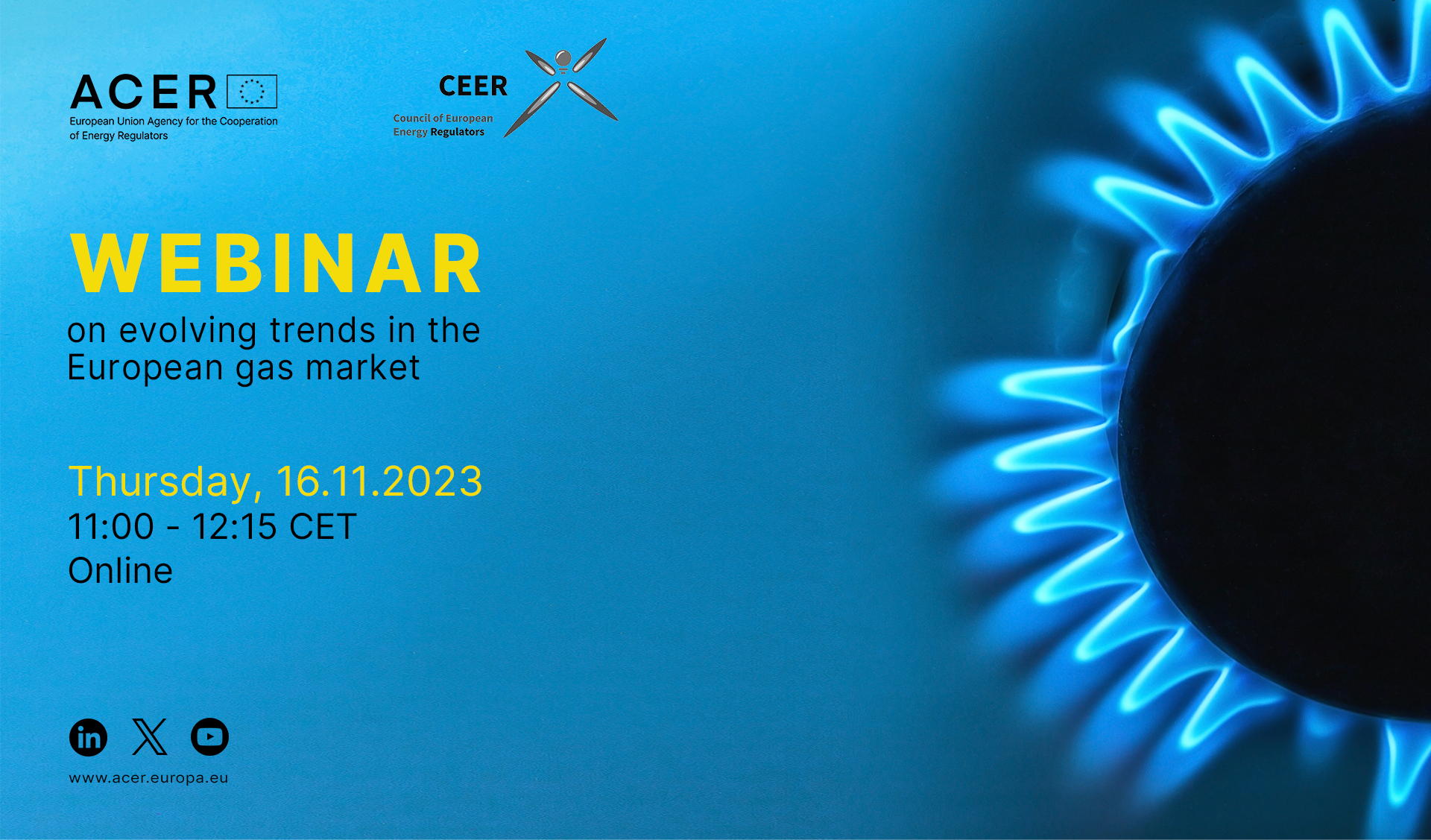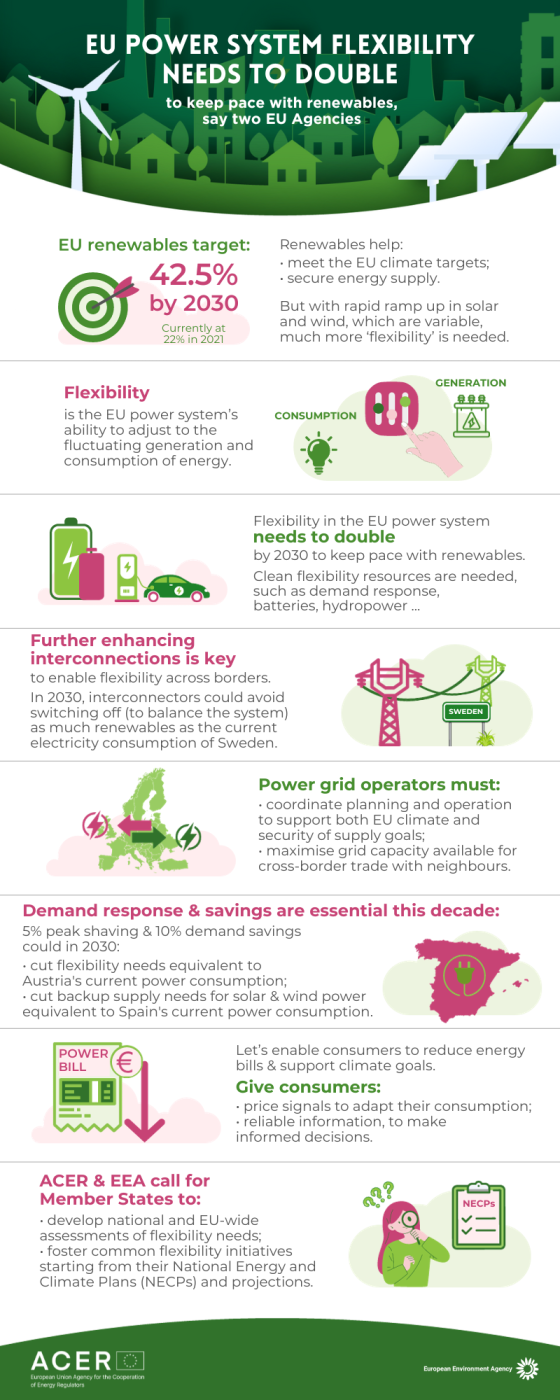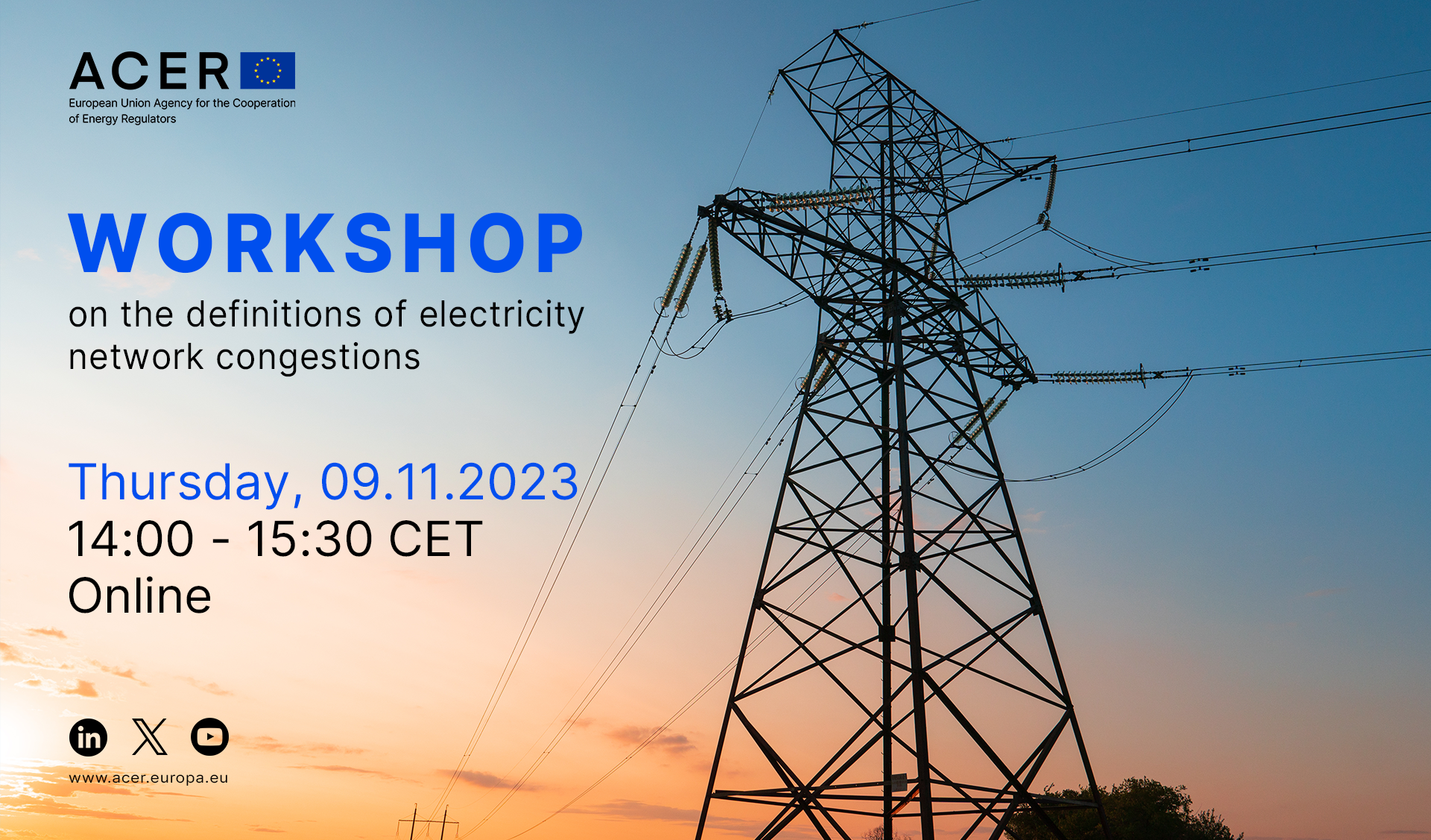Today, ACER releases its report on the progress of EU electricity wholesale market integration, which is part of the 2023 Market Monitoring Report series.
The report evaluates the functioning of the EU’s internal electricity market in 2022, with a focus on the performance of the forward and balancing markets. The report also assesses whether the electricity markets were contributing to the delivery of clean, affordable, and reliable energy and therefore effectively pushing towards the decarbonisation targets set by the European Green Deal.
In 2022, electricity markets saw significant price spikes, mainly due to the Russian invasion of Ukraine. In its analysis, the report underscores how market integration is essential to reinforce the electricity wholesale markets’ resilience.
What are the benefits of having an integrated EU electricity wholesale market?
Reinforcing the cross-border interconnector capacity between Member States allows to advance the integration of the European electricity wholesale market. This offers several benefits, such as:
- Consumers can benefit from more competitive (larger) markets.
- Reinforced long-term security of supply (at lower cost) and mutual assistance in case of crises.
- More efficient resource utilisation (balancing of demand and supply at EU level).
- Promotion of renewable energy sources (RES).
- Increased resilience and network stability.
- Encouraged innovation and infrastructure investments.
What are the report's key findings?
The report analyses the status of the electricity wholesale market integration in 2022, taking into account the exceptional circumstances caused by the energy crisis:
- Interconnected electricity markets provided increased resilience against the energy crisis and ensured security of supply.
- Ukrainian power system is synchronised with Continental Europe (since 16 March 2022) under the emergency regime. Cross-border capacity allocation and commercial exchanges contribute to market functioning. While progress was achieved, joint cross border capacity allocation is yet to be implemented.
Main challenges of market integration
- The main challenge of electricity market integration is long-term markets. It is important to improve liquidity in the European forward markets. Member States’ Transmission System Operators (TSOs) must ensure sufficient capacity is available for cross-zonal trading when needed, especially in the short-term markets, which are now developed (coupled) throughout Europe, and face the challenge of ensuring cross-zonal capacity availability. The next significant step in the market evolution is the development of long-term markets.
- Scarce forward hedges have increased liquidity in the spot market. Hedging is a simple way to manage crisis uncertainty. However, measures like collateral requirements and high bank guarantees forced some market participants to switch from organized forward trading to spot or bilateral trading (potentially increasing volatility).
- On balancing markets, the limited engagement of TSOs and data availability are hindering the success of balancing platforms.
- In 2022, congestion income (i.e. the revenue generated as a result of congestion in electricity transmission systems) increased by more than three times compared to 2021 across Europe, accompanied by a surge in remedial costs (challenging overall price stability). Member States can address congestions without additional operating costs (i.e. grid topology change, phase shifter transformer usage). On the other hand, remedial measures (like re-dispatching, countertrading, or curtailment of allocated capacities) can come at a significant cost – potentially discouraging the deployment of renewable energy sources (RES).
Role of ACER and National Regulatory Authorities (NRAs)
ACER and the NRAs are exploring developments in the European forward electricity markets, continuing the debate which started in February 2023 (with the publication of ACER Policy Paper on the further development of the EU electricity forward market).
What are ACER’s recommendations?
- Improve cross-border electricity trade to strengthen market integration (and its resilience).
- Advance the progress of forward electricity markets by expanding their development and utilizing Long-Term Transmission Rights (LTTRs) for hedging.
- Reinforce the engagement of TSOs in balancing markets. This could be done by considering slower balancing reserves to manage price fluctuations more effectively.
- Manage re-dispatching expenses and promote the deployment of renewable energy sources, particularly in those regions with high RES-generation potential. This will clearly support the energy transition goals and ensure compliance with the legal requirement to stay below the 5% curtailment limit.
What are the next steps?
On 7 November 2023, ACER will organise a webinar to present its report and discuss with stakeholders. Register here.
Access the Progress of EU electricity wholesale market integration report.








